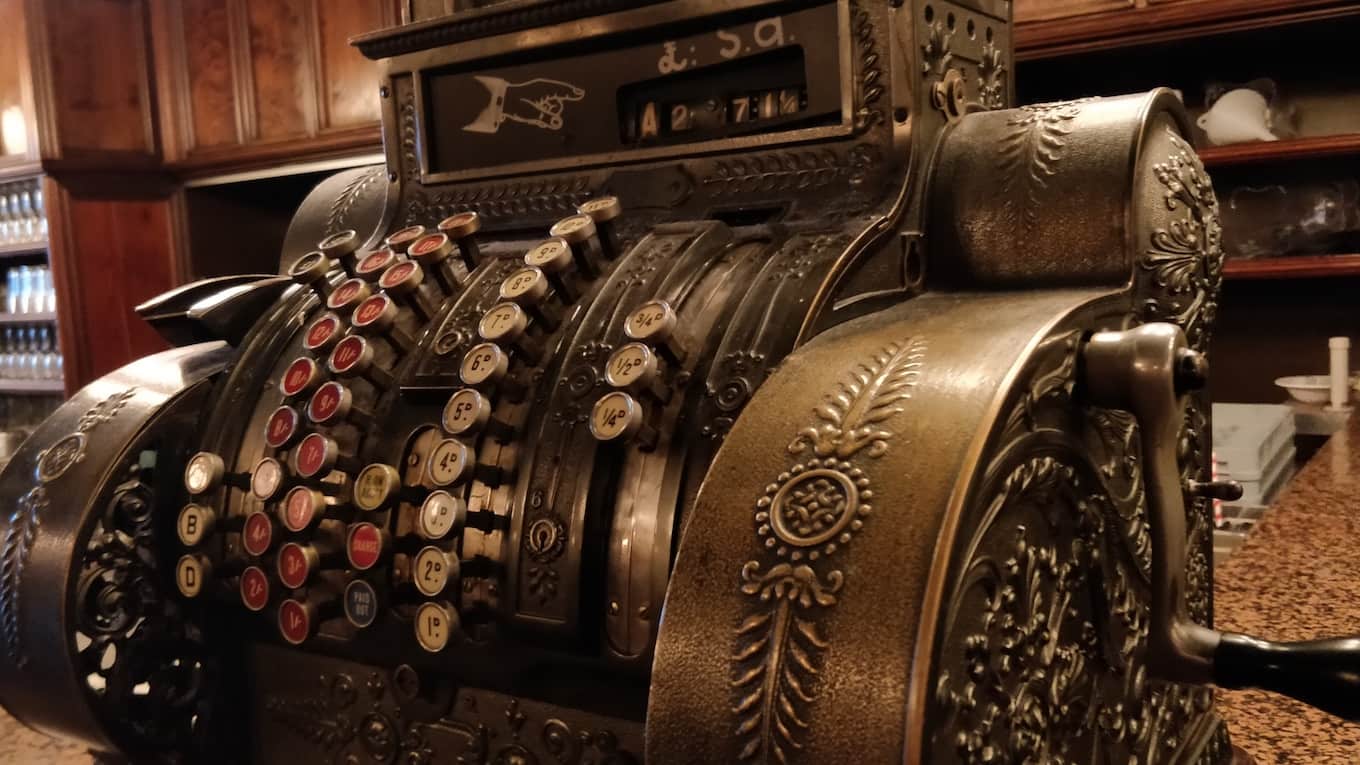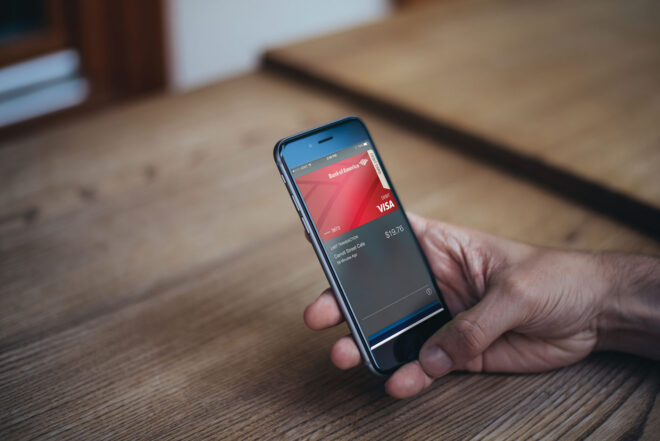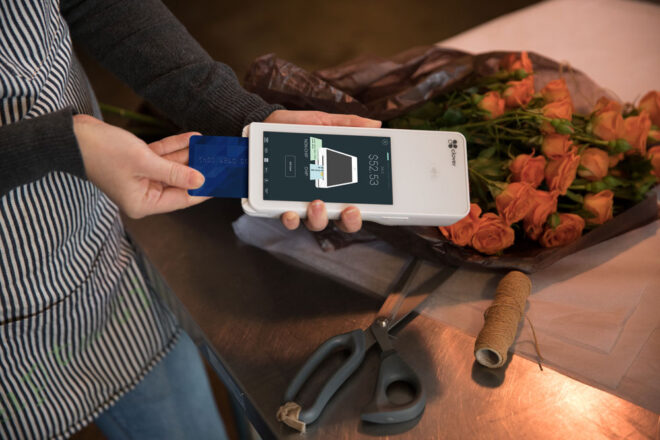7 best practices to get your business paid on time
Editorial Team
7 min read
One of the biggest problems that faces any company, large or small, is getting paid. The U.S. Bank reports that 82% of small business failures are due to cash flow problems, while Entrepreneur.com estimates that small businesses in the U.S. are owed a staggering $825 billion in unpaid invoices. Businesses obviously need cash to continue running, but a quick look at the data shows you just can’t count on every invoice being paid, much less being paid on time.
All businesses are subject to patrons skipping out on a bill, fraud, or simple non-payment. The struggle is real for small businesses that send out invoices, which often go ignored for long periods. For these businesses, debt collection is a last resort, but it’s a complicated and expensive process that doesn’t always guarantee results. That’s why many companies decide to write off the loss before it even gets to the point of working with a debt collector.
But why just accept a loss of money you earned for services you provided for a customer? This can cause a domino effect, negatively affecting your cash flow and impacting your ability to make strategic financial plans.
Here are some best practices to help you get paid on time and improve your cash flow.
1. Encourage pre-paying
Don’t want to wait for your money? Get paid up front. Here are a few simple ways to ask for money in advance.
- Pay at check-in. Offering a prix fixe menu? Why not have them prepay? With many services like manicures, it just makes sense to pay up front.
- Prepaid cards. Entice customers into buying prepaid cards for faster service. Or incentivize gift cards…they get $110 for every $100 they put on a gift card. This allows you to get paid before they use it.
- Bundle offers. Offer a slight discount for pre-purchasing 10 lunch specials or 10 massages.
- Require a deposit. If you’re taking a dinner reservation, catering order, reserving a party at your restaurant, or closing your salon to care for a bridal party, there’s no reason not to take a deposit. Even making copies at a copy machine requires a pre-approval deposit on a credit card these days…hop on the trend.
- Have them open a tab. Take a credit card and “open a tab” to prevent customers from walking out without paying.
- Offer incentives for paying up front. If you’re offering a service that typically would allow a 30-day payment window, offer a 5% discount to customers who pay immediately.
- Offer layaway plans. It may sound old fashioned, but a lot of big stores are offering installment plans or layaway options.
2. Offer simple payment options
You can offer your customers as many different payment options as you’d like, but the bottom line is that you’ll get paid much faster if you have convenient payment options, like paying right at the table. Clover makes it easy to accept payment anywhere, anytime, including cash, checks, swipes, chip cards, and mobile wallets. But most importantly, all of these formats are configured in the most convenient way for your customers to ensure that you get paid on time and both you and your customer are satisfied with the process.
3. Avoid cash flow issues
Even if you start getting most of your payments on time, you still have to consider that not all your customers will pay you when it’s due—or at all. If you haven’t budgeted correctly, you may not have money available for payroll, taxes, or operating costs. This is why you need to keep a tight control on your cash flow and identify any areas that could cause problems if you don’t get paid on time. Anticipating these issues can go a long way to helping you operate in lean times and get away from a “paycheck-to-paycheck” mentality that hampers many small businesses.
Also consider getting funding to cover short-term cash flow issues. Clover Capital helps merchants get working capital to grow and enables them to easily pay their advance back. Learn more about making the most out of your future credit and debit card sales and rapidly growing your business.
4. Get paid faster
Worried about cash flow and want to get your money faster? Rapid Deposit is a Clover product that allows merchants to get their funds receivable within minutes—24/7, weekends, and holidays—for small, 1.75% fee. Read more about Rapid Deposit and how you can start getting your money faster.
READ: Need cash quickly? Try Clover Rapid Deposit
5. Spell out your cancelation fees and penalties
Your bill should not include any surprises, and that includes any fees or penalties you want to assess. All of these fees should be clearly spelled out in the initial discussions with your client. For example, if you charge a cancelation or no-show fee, explain that when you take a reservation and take their credit card information. If you provide services, include this information in your contracts and on the invoice itself. Customers will be a lot less likely to give you repeat business, or in some cases even pay, if they feel they were taken advantage of by “hidden fees.”
6. Stay on top of billing
The businesses that get paid on time keep their accounts payable organized and held to a strict schedule. While everyone has a system that works for them, you need to be sure that your system does what you need—and what you need is to get paid. Keep track of all your open invoices and have a schedule of when reminders get sent out so you don’t let too much time go between the sale and payment. For example, if you’re running a pub and typically have patrons stay for long periods of time, have them settle up every few hours or at the end of the happy hour period. Don’t let it go too long or they may forget what they ordered.
7. Deliver clear bills
Your customers will be a lot less likely to pay an invoice if they don’t understand it. While you may not want to go in very fine detail on your invoices, you should make them clear to understand and difficult to argue with. Depending on your business, you’ll want to list the items they purchased. If you own a service business, you’ll want to itemize services performed, how much time was spent on each service, and how much each service costs individually.
BONUS: Understand your customers and the issues they may pose
There’s no formula to follow for this bonus best practice—it relies on you knowing as much about your customer as possible and the potential pitfalls that may arise when you bill them. If you have regulars who like to run up a bill until payday, stay in tune with their pay cycle…and don’t let them get too far ahead of their ability to pay.
Some customers are prompt in paying their bills, others are not. Some expect itemized invoices, while others will take a general bill. Many customers accept invoices sent over email, but some still want a hardcopy. By understanding your customers’ habits, you put yourself in a strong position to make sure you paid. While this process can’t be easily automated and will take some manual administrative work to get going, you’ll find that this tailored approach brings you the money you need, when you need it.
To learn more about how Clover can help you get paid faster, contact a Clover Business Consultant today.
Related Posts
How does Apple Pay compare to Google Pay?
What is EMV credit card processing?
Popular Topics
Stay in touch
Sign up and learn more about Clover.
Thank you for your subscription!
More posts about starting a small business
eBook





